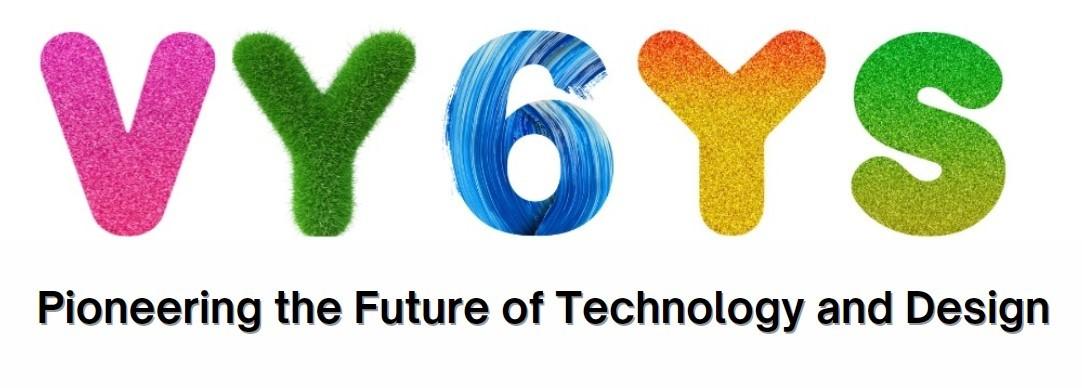Offshore wind farms play a crucial role in harnessing renewable energy, but inspecting and maintaining these structures can be a challenging task. Enter AI-powered underwater vehicles, which are revolutionizing the way inspections are conducted beneath the waves. This article explores how these advanced vehicles are changing the landscape of offshore wind inspections, making them safer, faster, and more efficient.
Understanding Offshore Wind Inspections
The Importance of Inspections
Inspections of offshore wind farms are essential for ensuring that turbines and other structures are functioning correctly. Regular inspections help identify potential issues, such as corrosion or damage to underwater cables, which can lead to costly repairs and downtime. Traditional inspection methods often require divers or remotely operated vehicles (ROVs), which can be expensive and time-consuming.
Challenges of Traditional Methods
Conducting inspections using divers is not only risky due to underwater conditions but also limits the frequency of inspections. On the other hand, ROVs, while safer, can be slow and require significant human involvement. Both methods can delay the identification of problems, affecting the overall efficiency of wind energy production.
Enter AI-Powered Underwater Vehicles
What Are AI-Powered Underwater Vehicles?
AI-powered underwater vehicles are autonomous systems equipped with advanced sensors, cameras, and artificial intelligence algorithms. These vehicles can navigate underwater environments, collect data, and analyze it in real-time without the need for constant human supervision. They are designed to operate efficiently and safely in challenging offshore conditions.
Key Features
- Autonomous Navigation: These vehicles use AI algorithms to map their environment and navigate complex underwater terrains. They can avoid obstacles and adapt to changing conditions, ensuring thorough inspections.
- Real-Time Data Analysis: AI allows these vehicles to analyze collected data on the spot. They can detect anomalies, such as signs of corrosion or damage, and alert operators immediately, reducing the time between inspection and action.
- High-Resolution Imaging: Equipped with advanced cameras and sensors, AI-powered vehicles can capture high-resolution images and videos of underwater structures. This detailed imagery helps engineers assess the condition of turbines and cables more effectively.
Benefits of AI-Powered Underwater Inspections
Increased Efficiency
By automating the inspection process, AI-powered underwater vehicles significantly reduce the time and labor costs associated with traditional methods. They can cover larger areas in less time, allowing for more frequent inspections and quicker problem identification.
Enhanced Safety
The use of autonomous vehicles eliminates the risks associated with human divers, particularly in harsh offshore conditions. Operators can monitor the inspections from a safe distance, ensuring safety while maintaining oversight.
Cost Savings
With improved efficiency and reduced labor costs, AI-powered underwater inspections can lead to substantial savings for wind farm operators. This cost-effectiveness makes it more feasible to conduct regular inspections, ultimately enhancing the longevity and performance of offshore wind farms.
Case Studies
Successful Implementation
Several offshore wind farms have begun implementing AI-powered underwater vehicles for inspections. For example, a recent project in the North Sea saw the successful deployment of an AI vehicle that performed detailed inspections of turbine foundations and underwater cables. The project not only completed inspections faster than traditional methods but also provided valuable data that helped optimize maintenance schedules.
Industry Response
The positive results from these initial implementations have garnered attention from the renewable energy industry. Many operators are now considering investing in AI-powered underwater vehicles to enhance their inspection capabilities and ensure the integrity of their assets.
The Future of Offshore Wind Inspections
As technology continues to advance, the capabilities of AI-powered underwater vehicles are expected to grow. Future developments may include improved AI algorithms that allow for even more precise data analysis and autonomous decision-making. Additionally, integrating these vehicles with other technologies, such as drones and satellite imaging, could create a comprehensive monitoring system for offshore wind farms.
Conclusion
AI-powered underwater vehicles are transforming the way offshore wind inspections are conducted. By enhancing efficiency, safety, and cost-effectiveness, these innovative tools are set to play a vital role in the future of renewable energy. As the demand for clean energy sources continues to rise, the integration of advanced technologies like AI in offshore wind operations will be crucial for ensuring their sustainability and success.
With ongoing advancements in AI and robotics, the future of offshore wind inspections looks brighter than ever, paving the way for more reliable and efficient renewable energy solutions.


